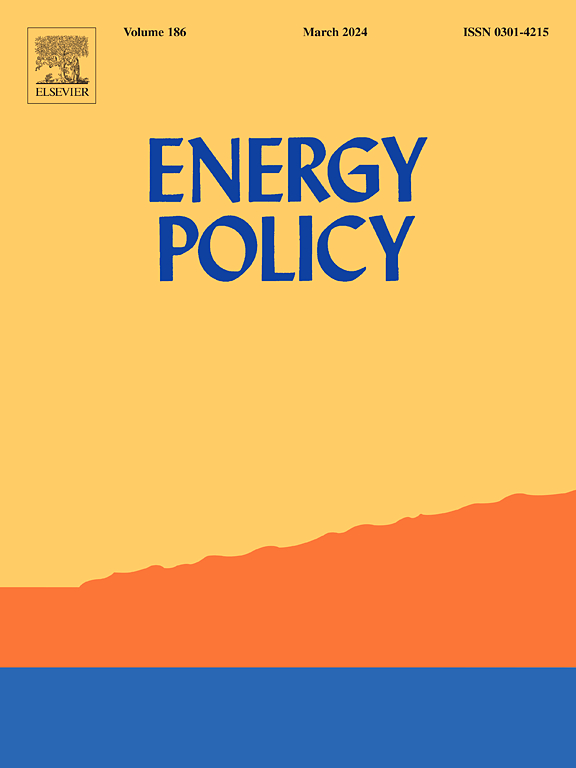Government subsidy strategies for new energy vehicle charging infrastructure considering consumers’ low-carbon preference: A tripartite evolutionary game model
IF 9.2
2区 经济学
Q1 ECONOMICS
引用次数: 0
Abstract
To address the issue of supply-demand imbalances between charging infrastructure and new energy vehicles (NEVs), targeted subsidy for charging infrastructure is a key policy tool. However, the effects of the subsidy policies are inconsistent. In the literature, limited research on the subsidy strategies for charging infrastructure has considered consumers' low-carbon preference, which plays a key role in the development of NEVs. The aim of this paper is to analyze the subsidy strategies of NEV charging infrastructure considering consumers' low-carbon preference. A tripartite evolutionary game model is constructed among the government, auto manufacturers and consumers. The impacts of the initial willingness of each participant and external parameter on evolution of strategies are simulated, revealing the mechanism of subsidy strategy on the development of NEVs. The results of the study show that the government's strategy choice is least affected by the initial willingness of the parties, and largely affected by the level of government subsidies. In addition, consumers' low-carbon preference level, government subsidy level and fuel price have the greatest impact on the strategies of auto manufacturers and consumers, and the government can choose to regulate fuel price and increase low-carbon publicity to alleviate the financial pressure.
考虑消费者低碳偏好的新能源汽车充电基础设施政府补贴策略:三方演化博弈模型
为解决充电基础设施与新能源汽车供需失衡的问题,充电基础设施定向补贴是一项重要的政策工具。然而,补贴政策的效果并不一致。在文献中,对充电基础设施补贴策略的有限研究考虑了消费者的低碳偏好,这对新能源汽车的发展起着关键作用。本文旨在分析考虑消费者低碳偏好的新能源汽车充电基础设施补贴策略。构建了政府、汽车厂商和消费者三方博弈演化模型。模拟了各参与者初始意愿和外部参数对策略演化的影响,揭示了补贴策略对新能源汽车发展的影响机制。研究结果表明,政府的战略选择受各方初始意愿的影响最小,而受政府补贴水平的影响最大。此外,消费者的低碳偏好水平、政府补贴水平和燃油价格对汽车制造商和消费者的策略影响最大,政府可以选择通过调控燃油价格和加大低碳宣传来缓解资金压力。
本文章由计算机程序翻译,如有差异,请以英文原文为准。
求助全文
约1分钟内获得全文
求助全文
来源期刊

Energy Policy
管理科学-环境科学
CiteScore
17.30
自引率
5.60%
发文量
540
审稿时长
7.9 months
期刊介绍:
Energy policy is the manner in which a given entity (often governmental) has decided to address issues of energy development including energy conversion, distribution and use as well as reduction of greenhouse gas emissions in order to contribute to climate change mitigation. The attributes of energy policy may include legislation, international treaties, incentives to investment, guidelines for energy conservation, taxation and other public policy techniques.
Energy policy is closely related to climate change policy because totalled worldwide the energy sector emits more greenhouse gas than other sectors.
 求助内容:
求助内容: 应助结果提醒方式:
应助结果提醒方式:


